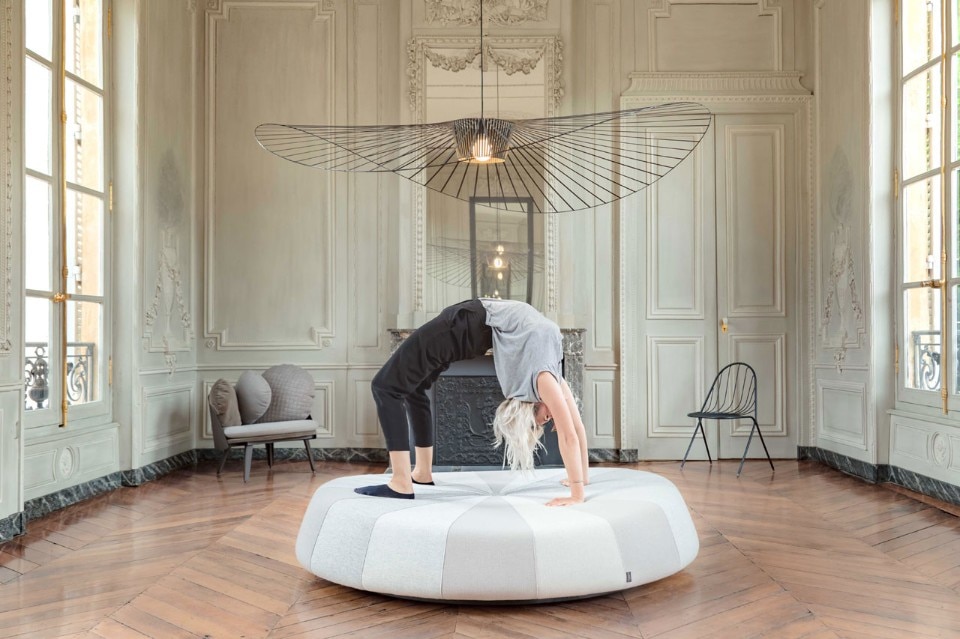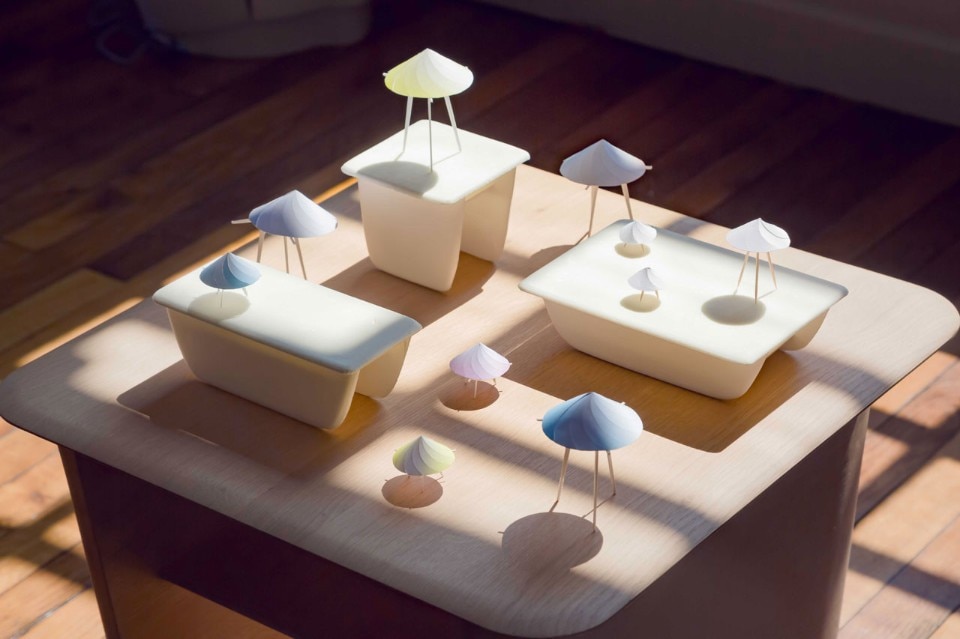
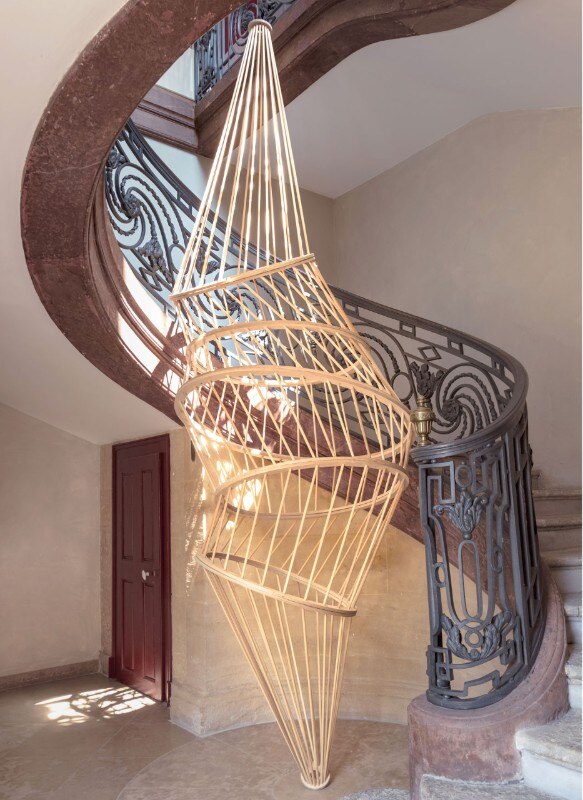
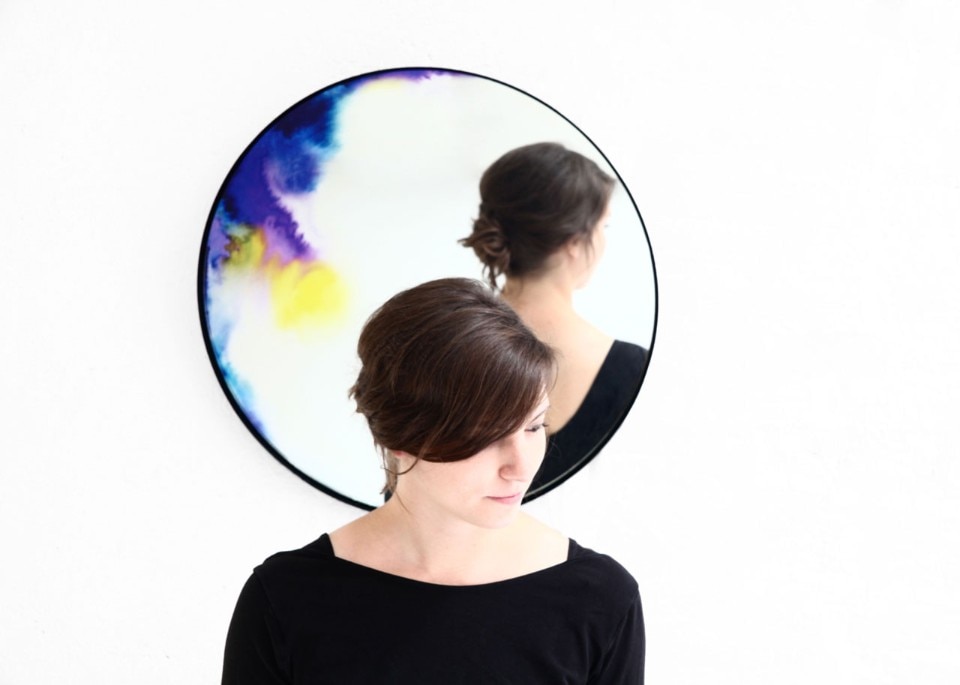
Domitilla Dardi: Your initial training was not in product design, was it?
Constance Guisset: No, my first studies were in management and politics. I initially went to work for a company in Japan and then a contemporary art gallery in France. Although I was close to the art world I needed some “creativity”. That’s when I realised I had to work with my hands.
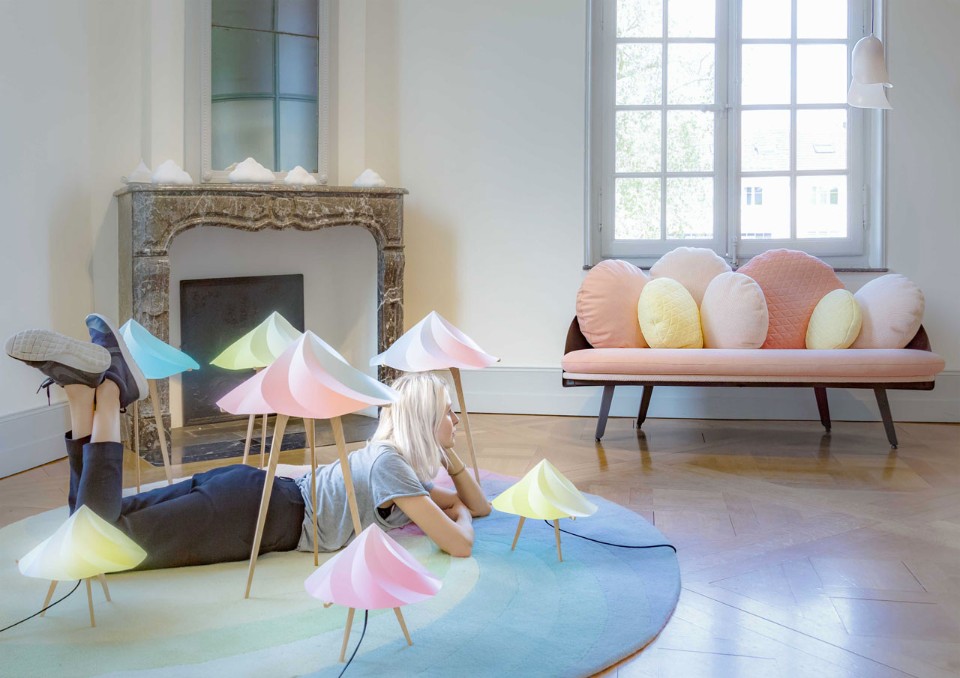
Domitilla Dardi: What do you see as the difference between an artist and a designer?
Constance Guisset: I myself am still asking myself that question! Really, because my work as a designer also contains a process of artistic development. For example, I never design when I’m on holiday. I devote my time to sculptures and drawings. At the same time, I realise that design is better suited to my need for technology because I am basically a technical person and I love this aspect of my work deeply. So, the combination of rationality and creativity is that best suited to me.
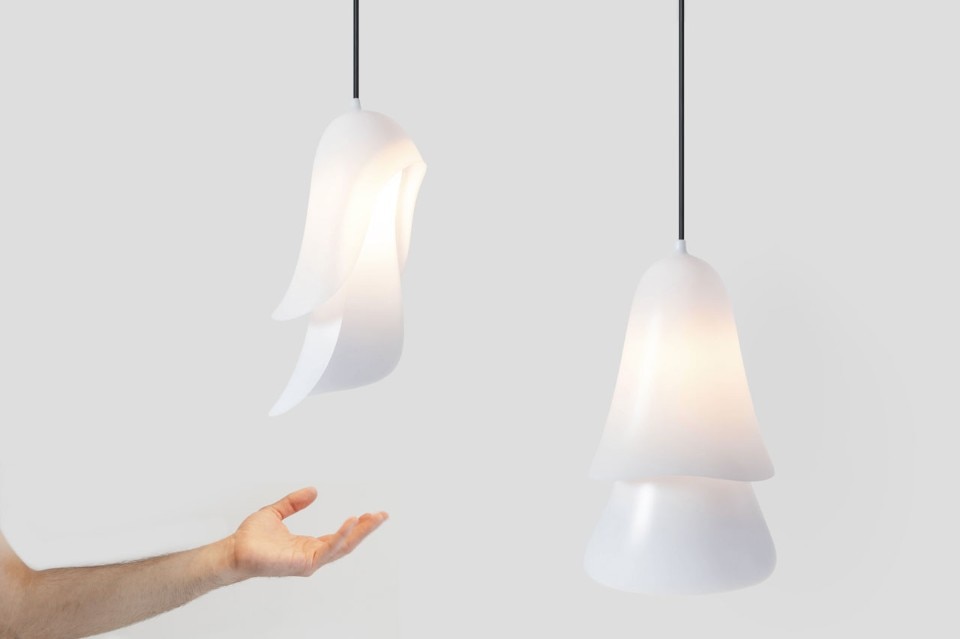
Domitilla Dardi: Does it, perhaps, also stem from the fact that, as a designer, you have a client?
Constance Guisset: Yes, although actually it varies from time to time. It is more a question of energy. Sometimes it’s easier to have a proper client with clear confines while, other times, I prefer to be completely free. For example, when I’m on holiday I focus on my sculptures. I do it exclusively for myself, to feed my soul. In those cases, I am not responding to a request but to my personal demands and inner needs. Sometimes, I am also quite free in the design process because I generally have good relationships with my clients. Actually, all my work is a mix of fantasy and classicism.
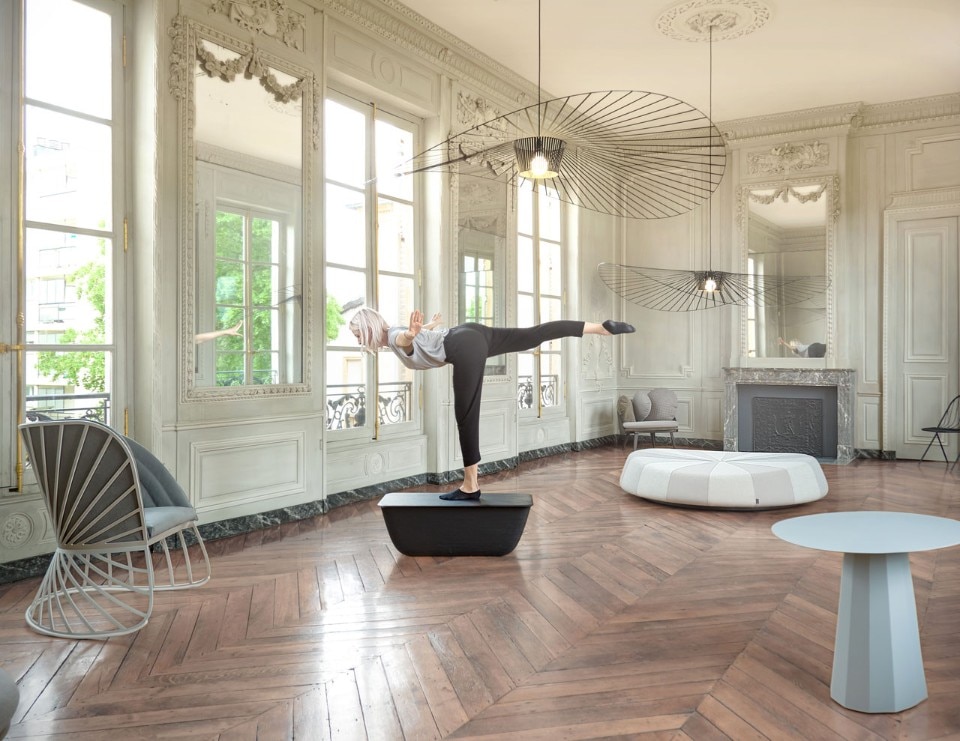
Domitilla Dardi: That’s true, sometimes looking at your work is a little like finding yourself in Alice in Wonderland.
Constance Guisset: I think that my design is closely bound to technical factors such as ergonomics but, at the same time, it is also projected towards the imagination. Now and again, I like to swerve off the straight and narrow. I have always tried to create things that are truly useful but that embody a margin of freedom.
Domitilla Dardi: When designing, do you consider the link between the objects and space?
Constance Guisset: I feel it is very important to allow my objects to move in space.
Domitilla Dardi: Do you usually start with sketches of your projects?
Constance Guisset: Yes, usually but it is hard to identify a true sequence in the process of conceiving and developing a project. It depends on the specific conditions so there is no absolute rule. Nonetheless, many of my designs start from a handmade prototype. I prefer to start out by shaping my ideas manually. I am not a fine drawing fanatic and I don’t devote much of my efforts to that. The Bouroullec brothers, for example, see the production of sketches and watercolours as a core part of their work. By contrast, if I do use a sketch it is only at the start, to fix my initial ideas and I move straight on to giving them 3D substance in a model. I am more sculptural in this sense. Generally speaking, I am not a very “orthodox” designer because I love fantasy.
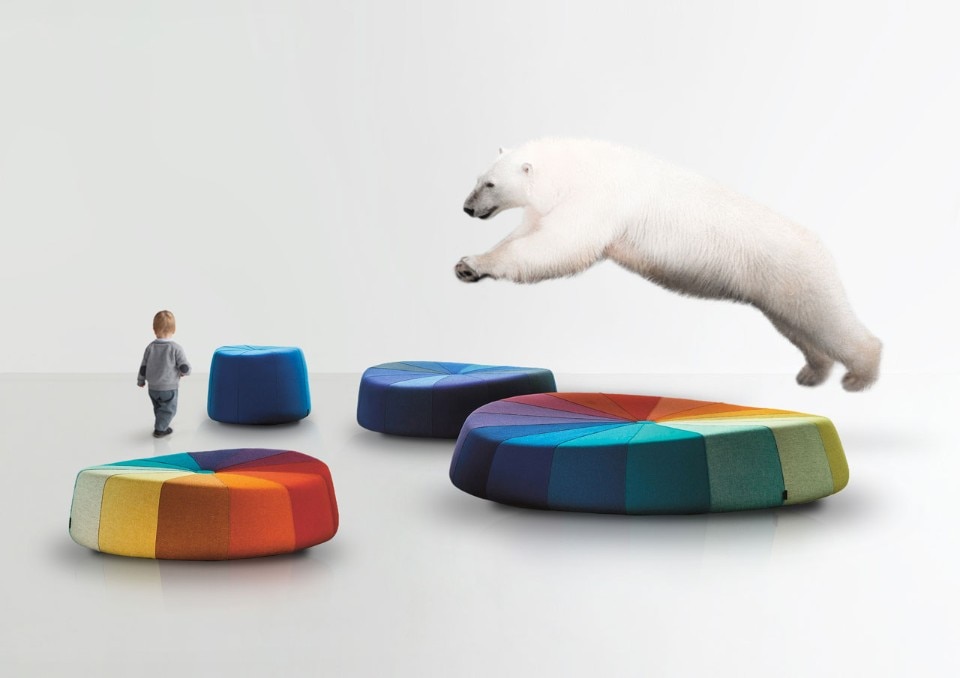
Domitilla Dardi: Indeed, sometimes you seem more Italian than French! By that I mean that this characteristic of injecting a pinch of the surreal into a real design is a very Italian trait.
Constance Guisset: I agree and I feel very close to Italian design. I spend my life analysing objects and trying to understand how they work. In the end, however, their visual impact is what matters most to me. I’m not interested in millimetres. I want things to have a meaning and for this to be visible. I think it is equally important for every creation to be linked to a profoundly human aspect. I want to live in a world of instruments and equipment that respond perfectly to a required function. I am interested in the idea behind things and the human aspect of creating because this is what sets us apart from animals. I believe that things are better if they contain a certain spirit inside.
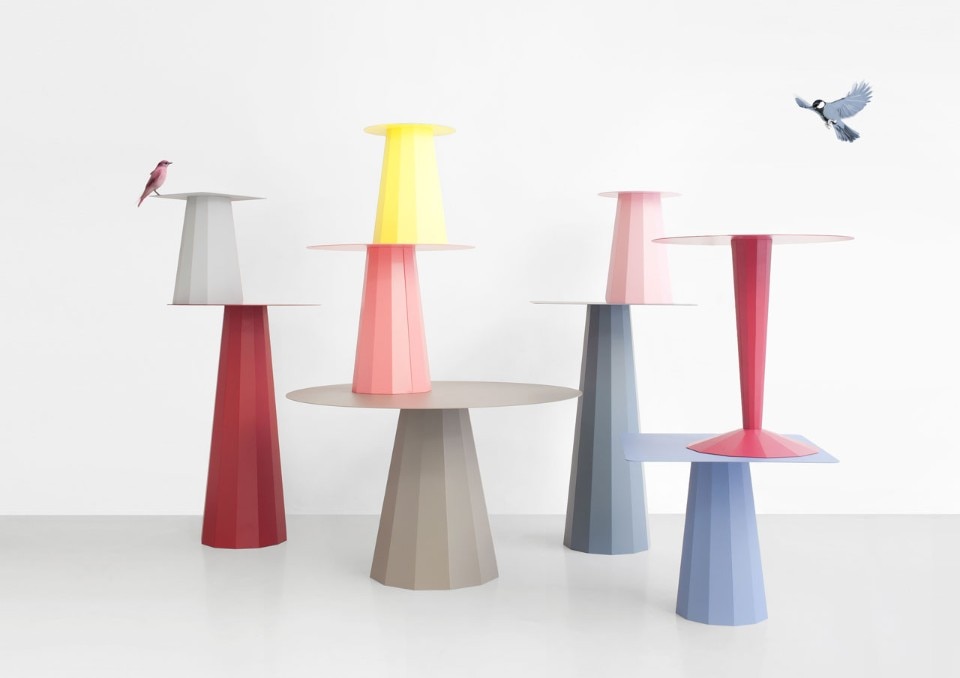
Domitilla Dardi: Are you interested in the political and social aspects of objects?
Constance Guisset: I recently prepared the contents of my monograph and I identified key words. Some of these seem linked to the more formal aspects but I also include among them the word “political”. For example, when I designed the Novohotel Suite, I believed there was something profoundly political about trying to design an ergonomic solution that could also embrace the body. I am more drawn to the concept of embracing in general than to designing an armchair. Embracing a body when it sits down and making it feel good on a support is a matter of empathy. It also relates to elegance and respect. It may not literally be “political” but it has to do with finding the right distance between things. If you respect your public, your client and your collaborators, you will also respect the environment. I think this is the beginning of a change to our society.
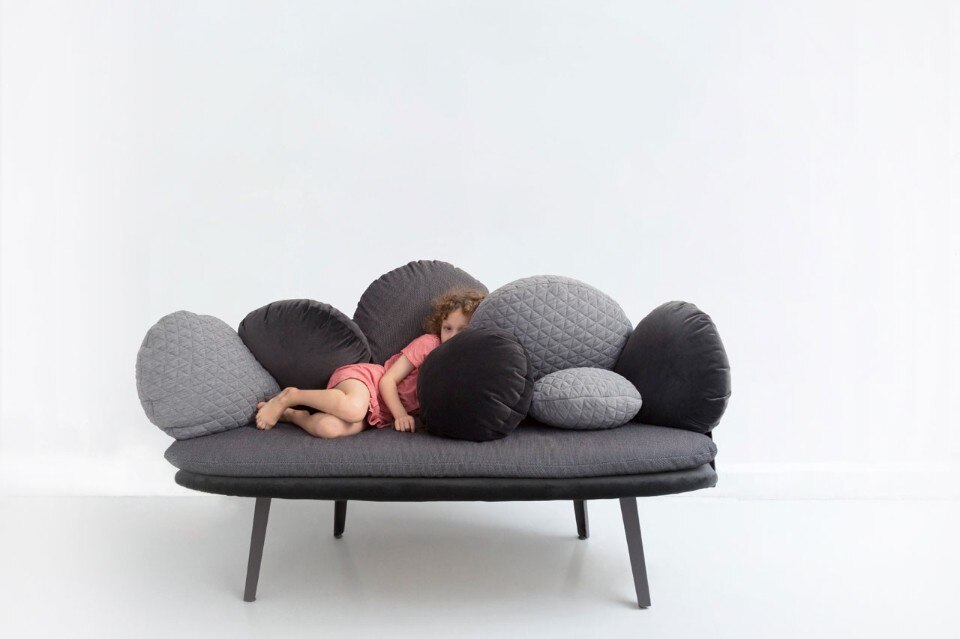
Domitilla Dardi: How can we intervene with design in social relations?
Constance Guisset: I am extremely active in gender issues although that immediately puts me at risk of being labelled a feminist. I don’t believe you have to be aggressive to defend a feminist principle, for example. We must ask why women make up more than 50% of the human race but only 10% of the global workforce. Why do people say that my work is “feminine”? If I were a man, no one would call it “masculine”. Asking ourselves questions through objects is also very important. The latest lamp I have designed, Loop, is very aquatic and animal-like but you would never describe it as “masculine” or “feminine”. My work always falls in the middle.
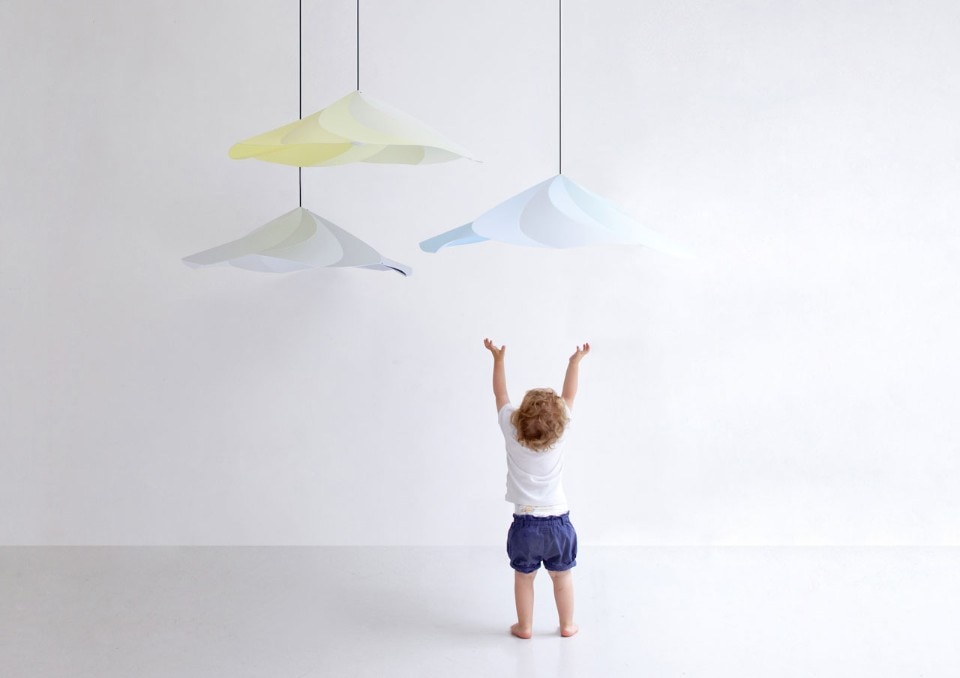
Domitilla Dardi: What is your attitude to colour?
Constance Guisset: Usually, when I design I do so in black, without thinking about colour. My first sketches focus on the form, movement and elegance. I search for the harmonious movement of the body in space. My prime interest is in the boundary line between the abstract and the figurative, between fantasy and reality. It is as if I were listening to a presence in the object, which is sometimes geometric and other times a little more figurative. A black box is certainly extremely interesting and rational in its rigour but I don’t want to live inside one. I think that design has much to do with what people need in order to live or not. I don’t believe I am a delicate person in the fragile sense but I do think it is important to defend delicacy in such a harsh world.
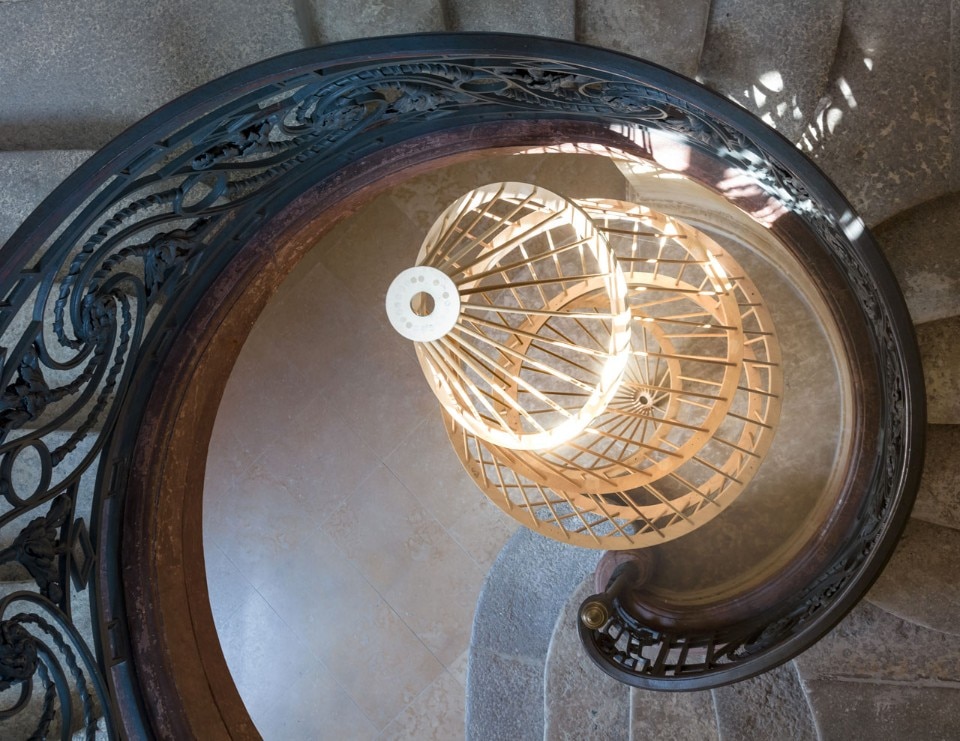
Domitilla Dardi: What do you think of limited editions and craft products?
Constance Guisset: It is a totally different way of working but you cannot restrict your creativity to a single field of application. When I work for industry, I know that my design must be financially viable. When I designed the desk for La Redoute, I knew that a low final cost was an essential requisite but I applied the same energy and passion for detail that I put into a craft project. If a form cannot be produced industrially it is, however, important to know that there is an alternative.
Domitilla Dardi: How does the relationship with the public differ between an industrial and a craft product in your view?
Constance Guisset: One of the things I love most is to see my Vertigo appreciated by people who have nothing to do with the design world. There is something very direct and intuitive in its form so it becomes a democratic object. It is for everyone. My sense of the ethical is directed at this type of object. I always think that those purchasing an object are not interested in me, my story or my ideas. Quite rightly they want a table or a lamp, nothing else. This is why I’m convinced that the objects must stand alone, regardless of who created them.
Domitilla Dardi: Are you critical of any aspects of design?
Constance Guisset: Being a designer means you are always critical of what exists. I appreciate everything that can be designed. I have no prejudices regarding types and I detest designers who do. Just as I do not like designs that follow a trend. I like to steer well away from fashions. A designer is a barometer of the society they live in and, in this sense, they ought to intercept its trends and not be servants to them just because they are fashionable. What I find truly hard in the design world is making a living out of one’s own work. All too often, due attention is not paid to the idea and intellectual property. There is an increasing demand for inexpensive designs. You might find chairs on the market that cost 15 or even 5 Euros but I really ask myself how this can make sense. It isn’t a responsible message. Everyone knows that if you do a proper job it’s impossible to deliver that end price. This kills creativity and does not inform the public in the least.
Domitilla Dardi: Are you referring to the world of copies?
Constance Guisset: I am referring primarily to the fact that 90% of the birds on the planet have apparently swallowed plastic during their lifetime and I probably have too. So, what sense is there in a plastic chair that costs 5 Euros? I respect companies that provide a product that most can afford but 5 Euros is not an acceptable price. If the same manufacturers charged even just twice the price with responsibly managed production, they would have a big profit just the same and maybe living creatures would not be condemned to swallowing plastic.
until 3 July 2016
Constance Guisset: Studio Design
Château de Courcelles
Montigny-les-Metz


